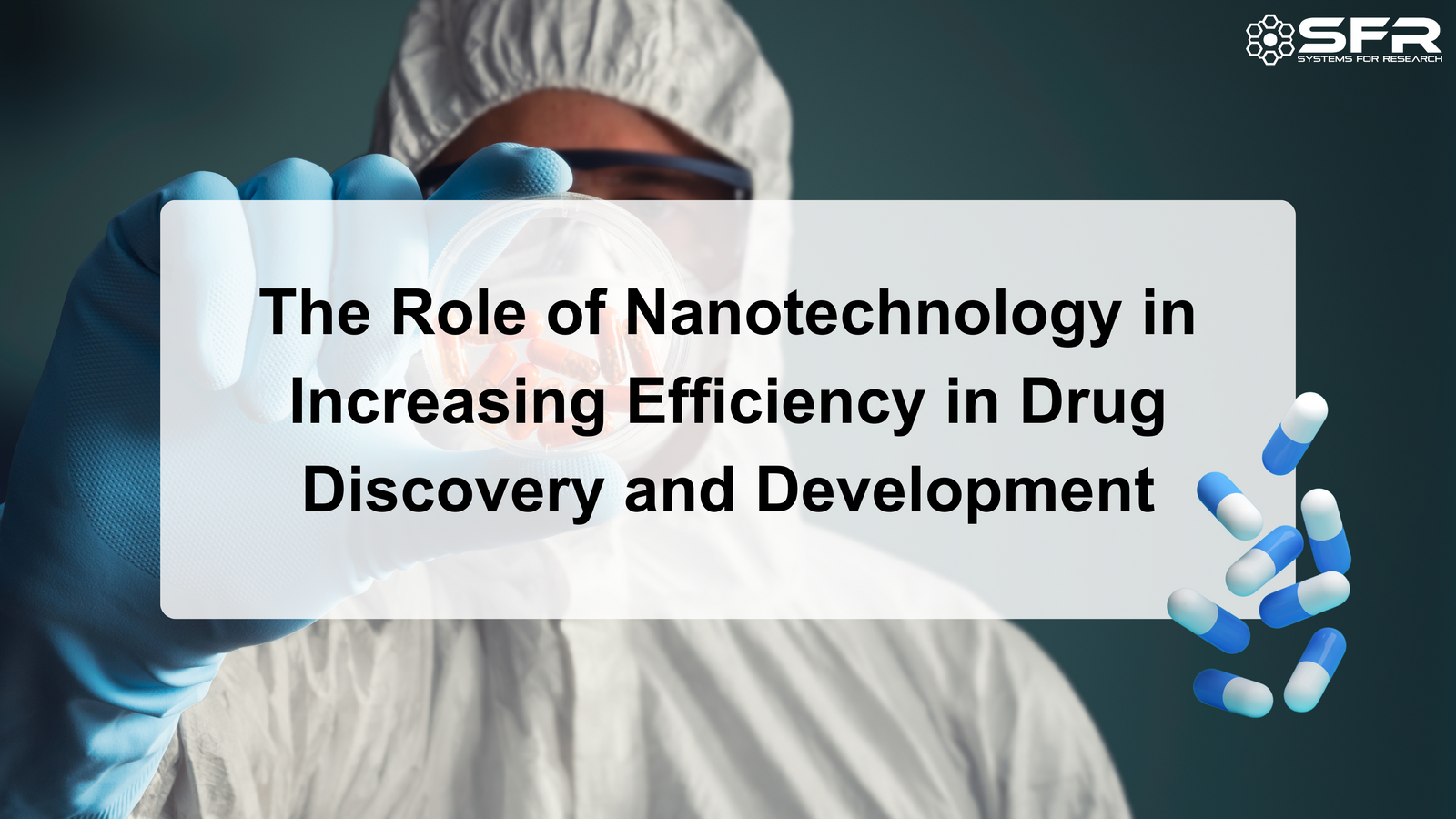Your Cart is Empty
Nanotechnology has evolved from a promising concept to a transformative force, especially in the pharmaceutical industry. By allowing manipulation of matter at the nanoscale, it’s revolutionizing drug discovery and development, making the process faster, cheaper, and more precise.
Traditional drug development is slow and expensive, often taking over a decade and billions of dollars. The complexity of biological systems and unpredictable drug interactions make the process inefficient. Nanotechnology provides a solution by enabling precise control over drug behavior at the molecular level, helping researchers streamline drug discovery.
Nanotechnology plays a crucial role in early-stage drug discovery. For instance, nanosensors can detect interactions between small molecules and disease-related proteins with unparalleled accuracy. This accelerates the identification of viable drug candidates.
High-Throughput Screening: Nanoparticles are also revolutionizing high-throughput screening methods, where thousands of compounds are tested simultaneously for their biological activity. Nanoparticles can be engineered to mimic cellular environments or to carry drug candidates in a more bio-relevant manner. This increases the accuracy of screening, reducing the time it takes to identify viable drug candidates.
Predictive Models: By integrating nanotechnology with AI and machine learning, researchers are also developing predictive models that can simulate drug interactions at the molecular level. These models allow scientists to predict how new compounds will behave in biological systems before they even enter the lab, saving valuable time and resources.
Once promising candidates are identified, nanotechnology improves their delivery and efficacy. Nanocarriers like liposomes and dendrimers transport drugs directly to their targets, increasing bioavailability and minimizing side effects.
Precision Drug Delivery: One of the most significant contributions of nanotechnology is its ability to improve drug delivery systems. Conventional drugs often suffer from poor bioavailability, meaning they either don’t reach the target tissue in effective concentrations or cause side effects by affecting non-target tissues. Nanotechnology enables the creation of nanocarriers—such as liposomes, dendrimers, and polymeric nanoparticles—that can transport drugs directly to the intended site of action, significantly increasing their efficacy.
Overcoming Biological Barriers: Drugs must navigate various biological barriers, such as the blood-brain barrier, to reach their intended targets. Nanotechnology is providing new strategies for overcoming these obstacles. Nanoparticles can be designed to cross the blood-brain barrier, opening up possibilities for treating neurological diseases that were previously out of reach. In conditions like Alzheimer's and Parkinson's, where therapeutic options are limited due to the difficulty of delivering drugs to the brain, nanotechnology offers hope for more effective treatments.
Nanotechnology also enhances the efficiency of clinical trials by reducing side effects and allowing for smaller, targeted doses. Personalized medicine is advancing as nanotechnology enables customized treatments based on individual patient profiles.
These innovations aren't just technical milestones—they’re changing lives. For cancer patients, nanoparticle-based therapies reduce side effects and increase survival rates. In neurological diseases, nanoparticles offer hope where treatments were once limited. Nanotechnology has already delivered breakthroughs in treatments for conditions like breast cancer, where nanoparticle-based drugs are improving survival rates. For patients with hard-to-treat brain diseases, the potential of nanoparticles to cross the blood-brain barrier could provide new hope where there once was none.
Nanotechnology is revolutionizing how drugs are discovered, developed, and delivered. From more precise drug delivery to real-time diagnostic monitoring, it’s transforming the pharmaceutical landscape, with the ultimate goal of improving patient outcomes.
